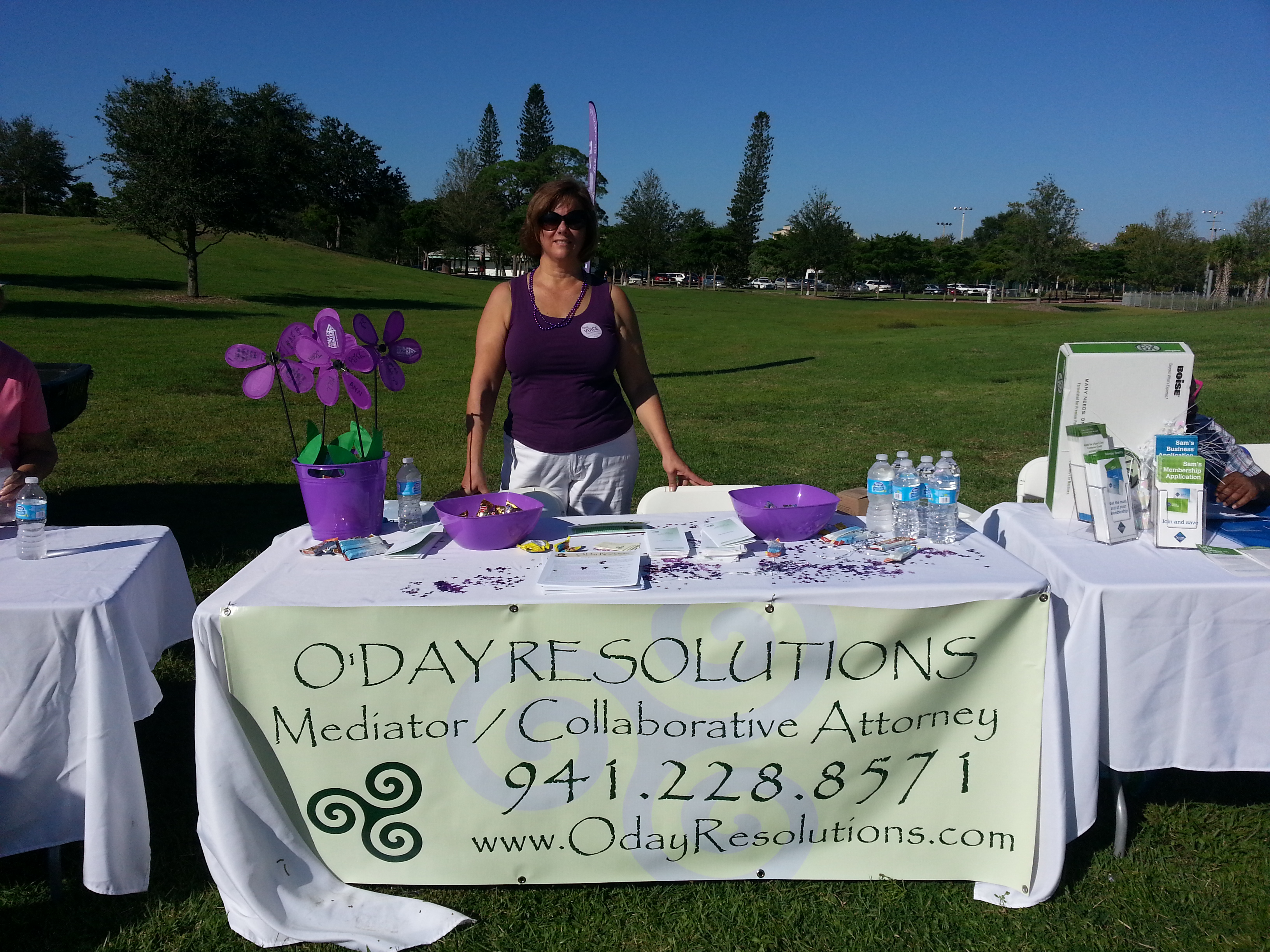Law is Order and Good Law is Good Order. Aristotle
I am honored to be presenting the 2013 Florida Case Law Update at the Family Court Professional Collaborative meeting this year. There are over 130 appellate cases that have an impact on Family Law in the state of Florida decided by our Courts this year.
While I am a firm believer that the law should not be the sole determinant, or in some cases even the prime consideration, in deciding how a dissolution of marriage should be resolved, knowledge of the law is often a helpful starting point. To know what is possible, sometimes it is important to know what is not possible, at least as determined by the law.
I have attached a link to this years Case Law Update here.



